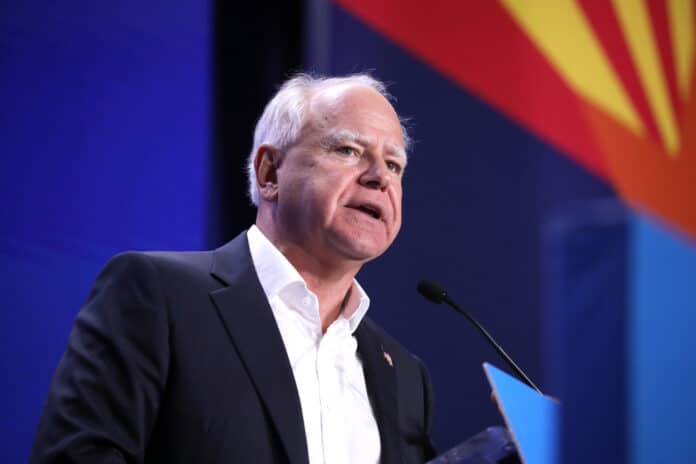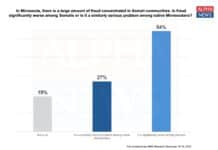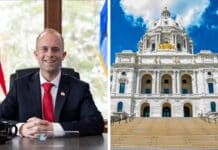
Gov. Tim Walz continues to take aim at nonpublic schools, as his revised budget proposal for the next biennium still eliminates all funding for nonpublic school students.
The cuts are labeled “responsible reductions” but total less than half a percent — 0.4 percent — of E-12 education’s biennial budget (Minnesota’s biggest general fund expenditure).
The funds are a vital resource for nonpublic schools and the students they serve and were established under state statutes 50 years ago when the state committed to providing all students with access to fundamental educational resources to “promote equal educational opportunity for every student in Minnesota.”
Nonpublic aid
Nonpublic pupil education aid and nonpublic pupil transportation aid reimburse public school districts for providing instructional materials and support services to students attending a nonpublic school (including a home school) that operates within the district’s boundaries “so that every school pupil in the state will share equitably in education benefits and therefore further assure all Minnesota pupils and their parents freedom of choice in education.”
Textbooks, instructional materials, and standardized tests, all of which must be secular in nature, along with bus transportation and student support services such as health services and guidance and counseling services, are provided to nonpublic schools and homeschools upon request from their local school district. The state uses weighted rates adjusted for inflation to reimburse districts for their costs providing these educational aids, with established maximum allotments.
Our neighbors Iowa, North Dakota, South Dakota, and Wisconsin, along with two dozen other states, have similar provisions for nonpublic pupil transportation aid. Iowa and South Dakota, along with 18 other states, have similar provisions for nonpublic pupil aid for textbooks and learning materials.
Gov. Walz’s decided cut of this limited aid as a belt-tightening measure sends the message that students educated outside of his preferred education vendor are not worth investing in because they aren’t attending the “right” school.
But it is in the state’s interest that essential K-12 education resources extend to all of its children, not just those served by the public school system. Consider the state’s future nurses, teachers, firefighters, police officers — individuals who will graduate from a nonpublic school and will commit to serving this state; and yet, under the governor’s proposed budget, the investment in them will be $0.
The Minnesota Legislature should oppose the elimination of nonpublic pupil aid and nonpublic pupil transportation aid in the governor’s proposed budget and support all students, regardless of where they are educated. Fifty years ago the Legislature approved this aid to ensure equal access for all students to fundamental educational resources, and the Legislature needs to continue approving this aid, reminding nonpublic students they are every bit as valuable to this state as their public school peers.
This article was originally published by the Center of the American Experiment.
The views and opinions expressed in this commentary are those of the author and do not represent an official position of Alpha News.
Catrin Wigfall
Catrin Wigfall is a Policy Fellow at Center of the American Experiment.
Catrin’s experience in education and policy research began during her time with the Young Leaders Program at The Heritage Foundation. Her interest in education policy led her to spend two years teaching 5th grade general education and 6th grade Latin in Arizona as a Teach for America corps member. She then used her classroom experience to transition back into education policy work at the California Policy Center before joining American Experiment in February 2017.
Catrin graduated summa cum laude from Azusa Pacific University in California, where she earned a Bachelor of Arts degree in Political Science.










